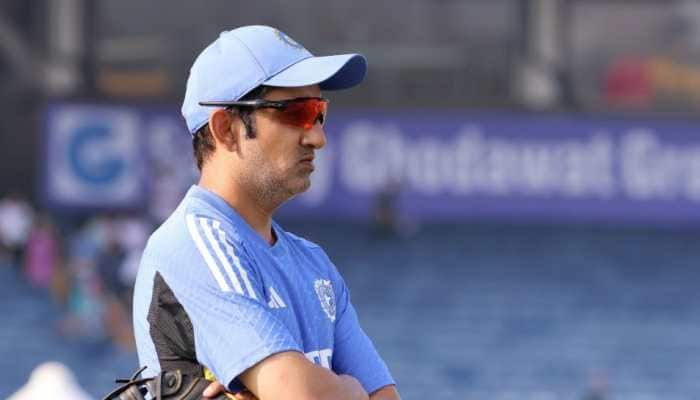Why ISRO decided to explore moon's South Pole
Chandrayaan 2 is an Indian lunar mission that will put the country in elite list because Chandrayaan 2 will take India to where no country has ever gone
Trending Photos
) Image Courtesy: ISRO
Image Courtesy: ISRO Indian Space Research Organisation's (ISRO) Chandrayaan 2 mission is a lunar mission that will boldly go where no country has ever gone before — the south pole of moon.
According to ISRO, the objective of the mission to improve human's understanding of the Moon, which could lead to discoveries that will benefit India and humanity as a whole. ISRO is confident that the insights and experiences of Chandrayaan 2 mission will cause a paradigm shift in how lunar expeditions are approached for years to come and will propel further voyages into the farthest frontiers.
Why ISRO decided to send its mission to moon?
It is a well-known fact that moon is the closest cosmic body on which space discovery can be attempted and documented. Lunar surface is also a promising test bed to demonstrate technologies required for deep-space missions. With Chandrayaan 2, ISRO is attempting to foster a new age of discovery and increase its understanding of space. The success of this mission will also stimulate the advancement of technology, promote global alliances, and inspire a future generation of explorers and scientists to look for other opportunities on the lunar surface.
What are the scientific objectives of Chandrayaan 2 and why ISRO decided to explore the Lunar South Pole?
Moon provides the best linkage to early history of planet Earth and it offers an undisturbed historical record of the inner Solar system environment. Though we have there are a few mature models, the origin of Moon still needs further explanations. It is necessary to carry on the extensive mapping of lunar surface in order to study variations in lunar surface composition because this will help in tracing back the origin and evolution of the Moon. Chandrayaan-1 had discovered evidence for water molecules but more studies are needed to know about the extent of water molecule distribution on the surface, below the surface and in the tenuous lunar exosphere to address the origin of water on Moon.
ISRO decided to explore the South Pole of moon because this side of the moon remains longer in the shadow than the North Pole. The scientists believe that it is likely that water is present in permanently shadowed areas around it. In addition, South Pole region has craters that are cold traps and contain a fossil record of the early Solar System.
Chandrayaan-2 will attempt to soft land the lander -Vikram and rover- Pragyan in a high plain between two craters, Manzinus C and Simpelius N, at a latitude of about 70° south.
What makes Chandrayaan 2 special?
Here are four reasons why Chandrayaan 2 is special
a. 1st space mission to conduct a soft landing on the Moon's south polar region
b. 1st Indian expedition to attempt a soft landing on the lunar surface with home-grown technology
c, 1st Indian mission to explore the lunar terrain with home-grown technology
d. 4th country ever to soft land on the lunar surface
Stay informed on all the latest news, real-time breaking news updates, and follow all the important headlines in india news and world News on Zee News.
Live Tv







)
)
)
)
)
)
)
)
)
)
